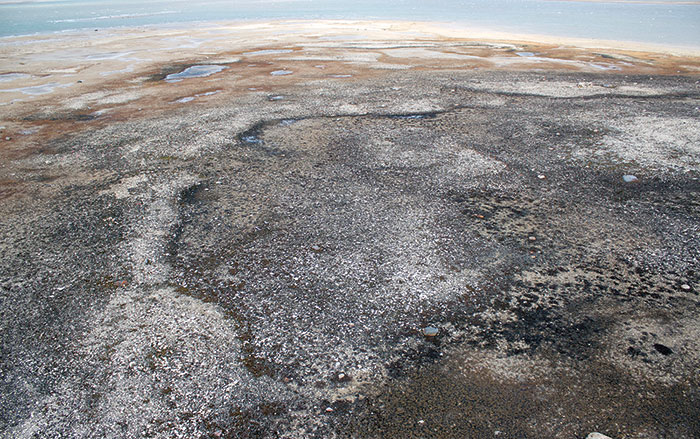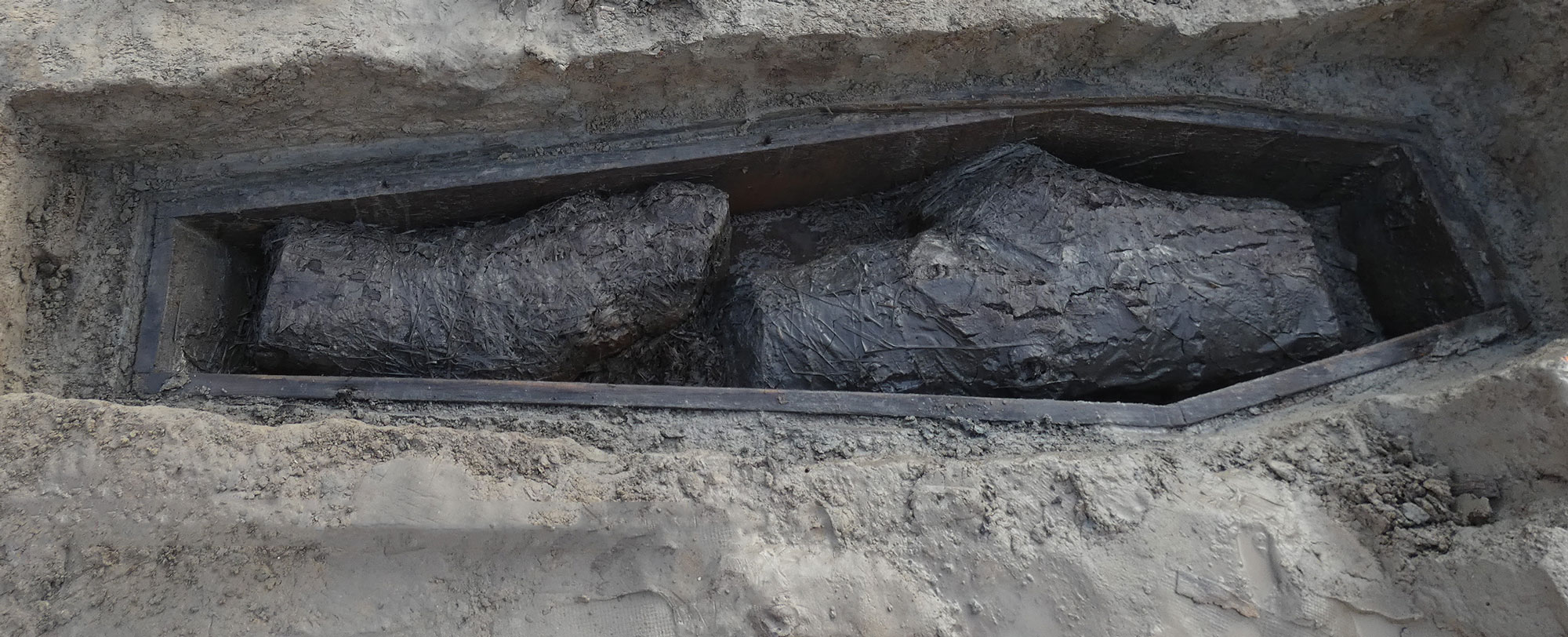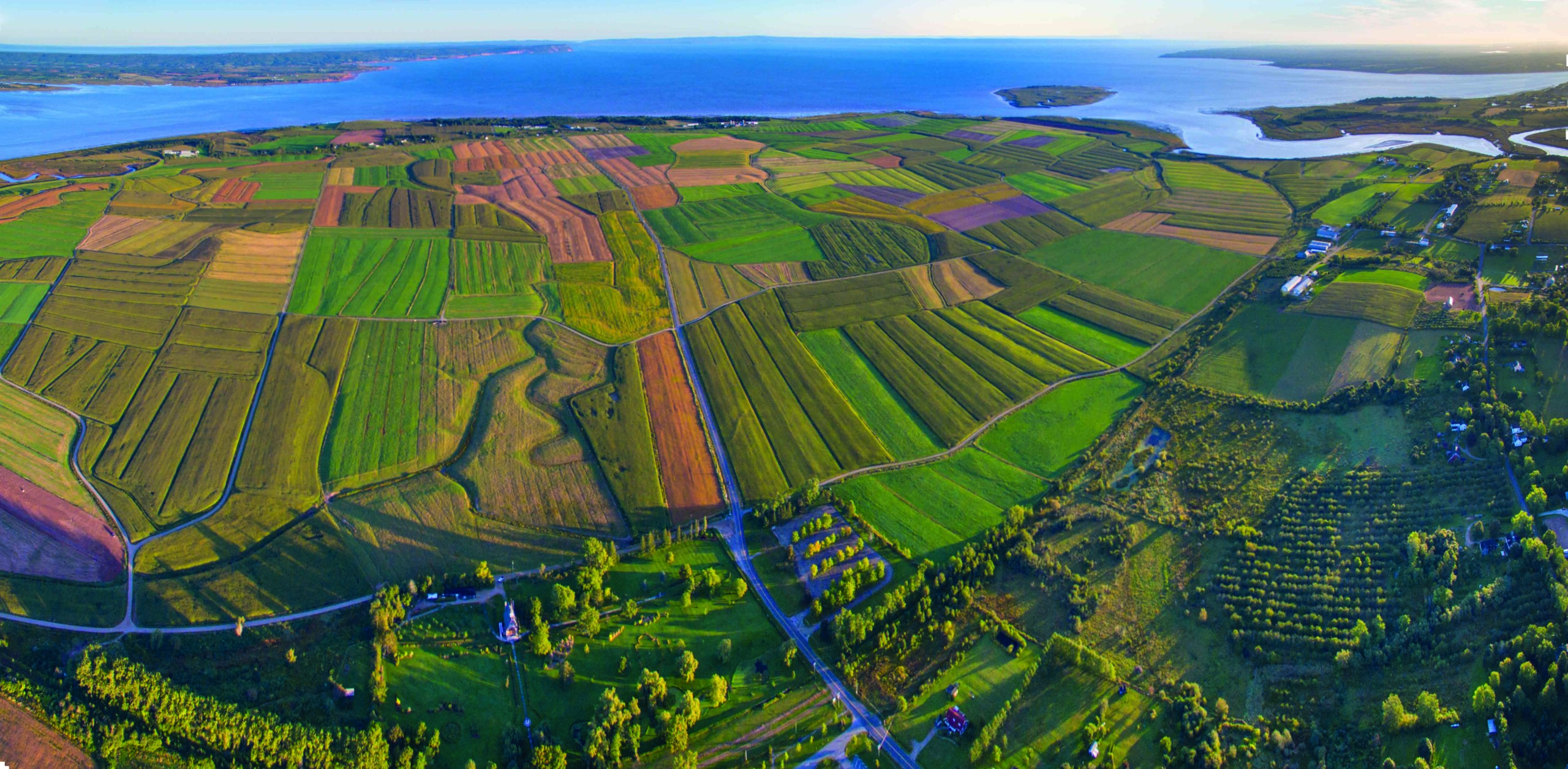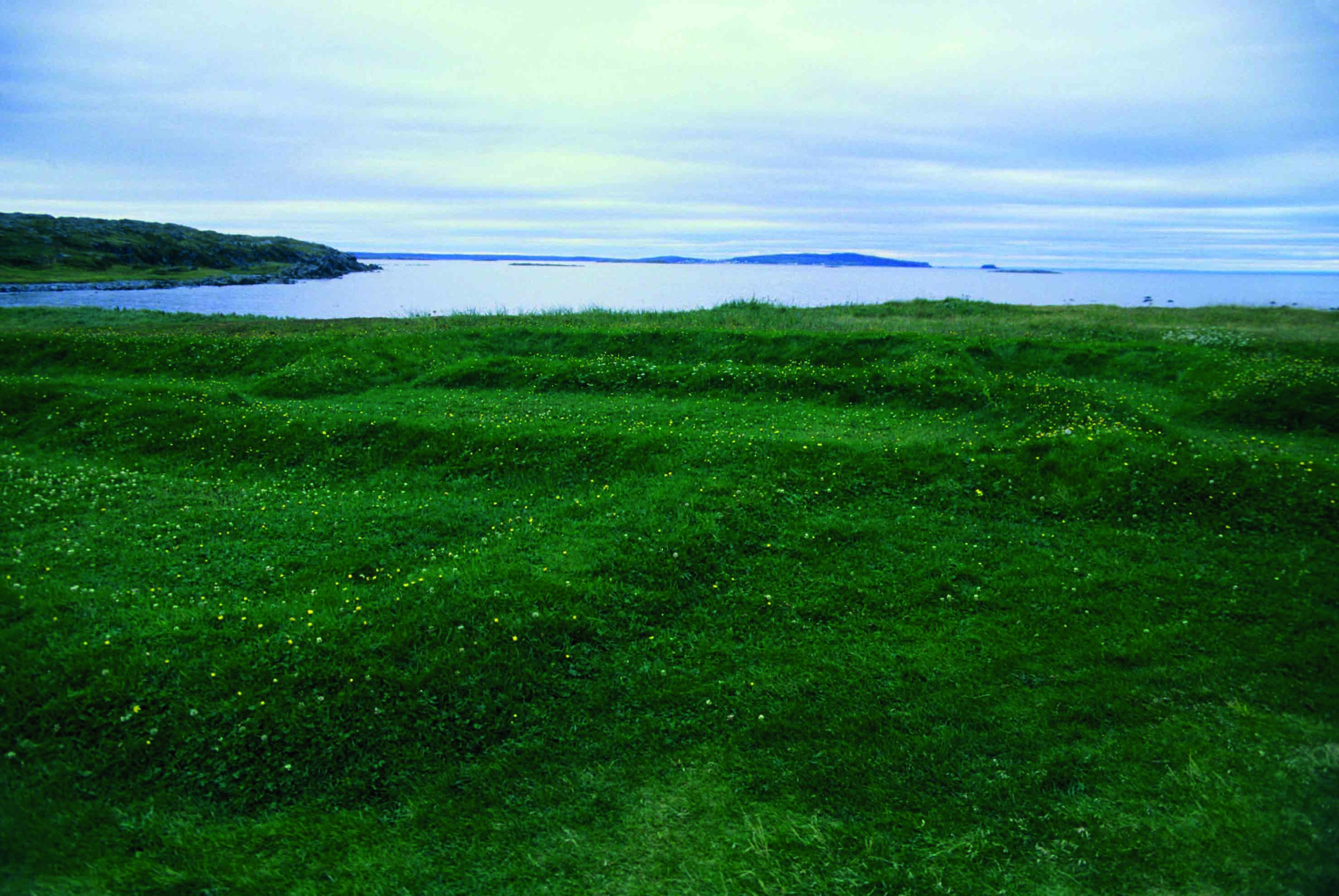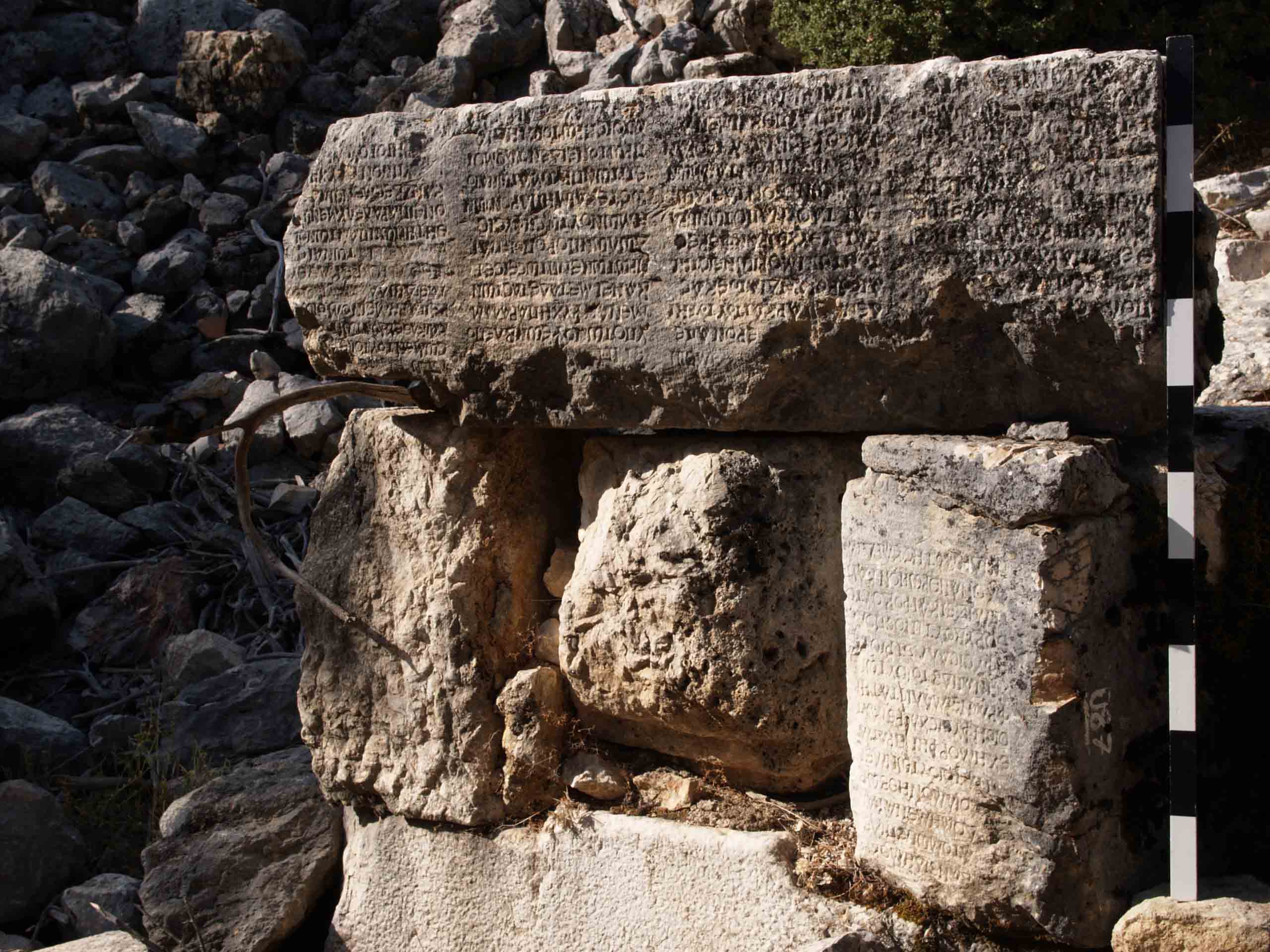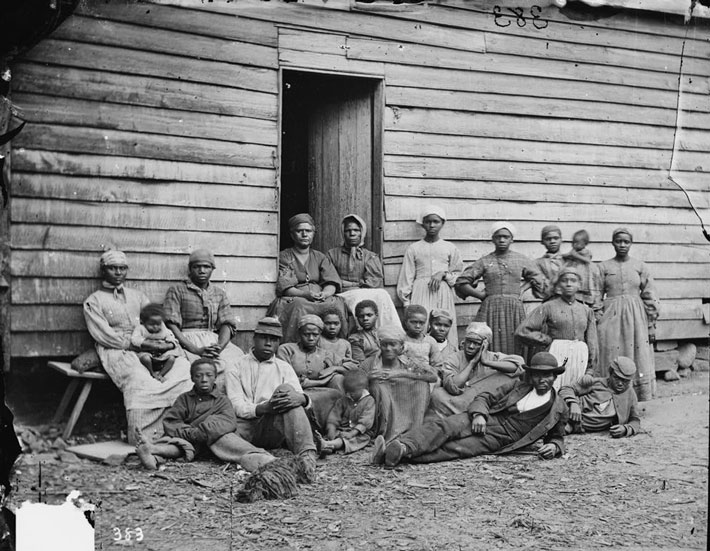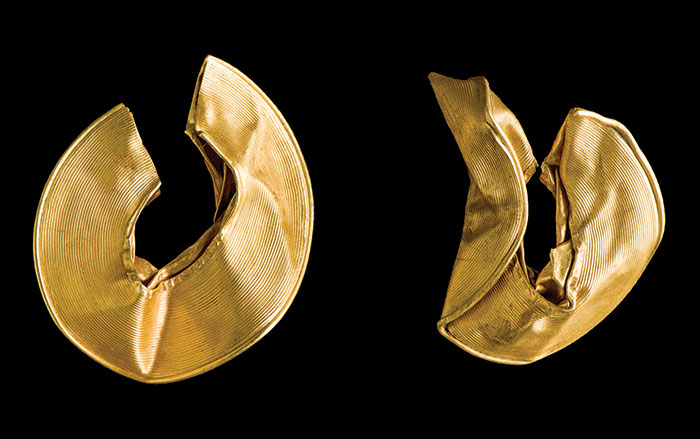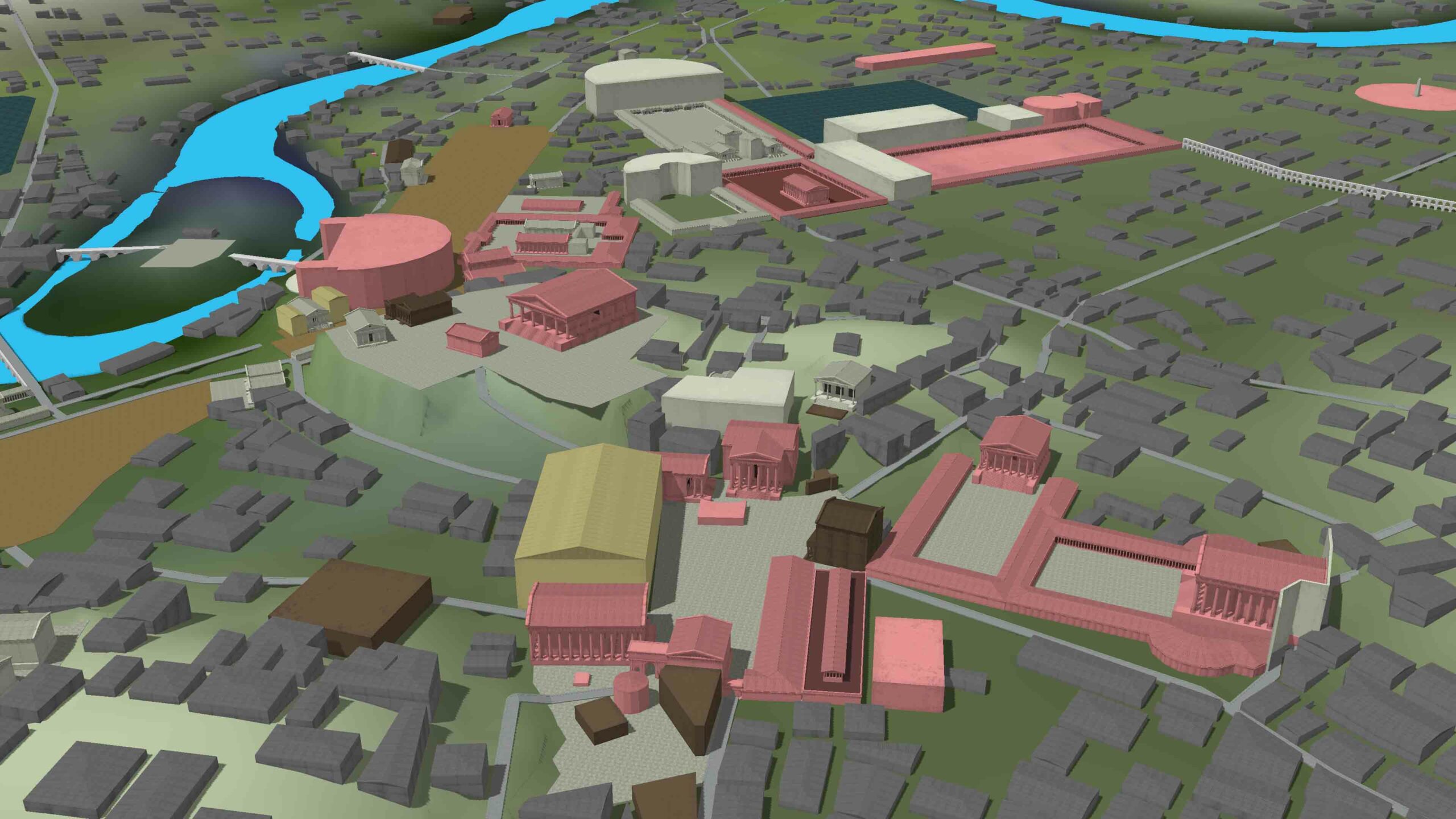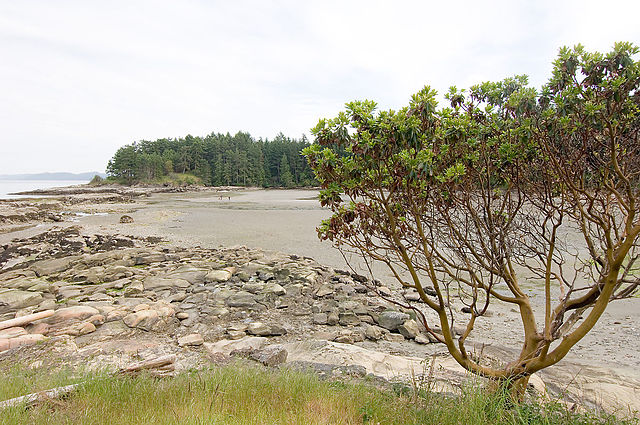
VANCOUVER, BRITISH COLUMBIA—It had been thought that First Nations peoples living on British Columbia’s Galiano Island between 600 and 1,500 years ago traveled to find volcanic rock for tool making, but a new study by archaeologist Colin Grier of Washington State University suggests that the volcanic rock, which kept a better edge than other stones, may have been deposited on the island by a moving glacier some 12,000 years ago. Grier and his team collected tool-making debris from the site at Dionisio Point and stones from the island’s beach. The chemical fingerprint of the stones matched that of volcanic rock from Mount Garibaldi on the British Columbia mainland, more than 60 miles away. “You could go down to the local corner hardware store rather than having to pick up and pack the canoe up and head off to the Super WalMart on the mainland,” Grier quipped to Global News, Canada. Other studies have shown, however, that the First Nations people of Dionisio Point did travel from these winter villages to summer salmon fishing sites. For more on the archaeology of the region, go to "The Edible Seascape."


